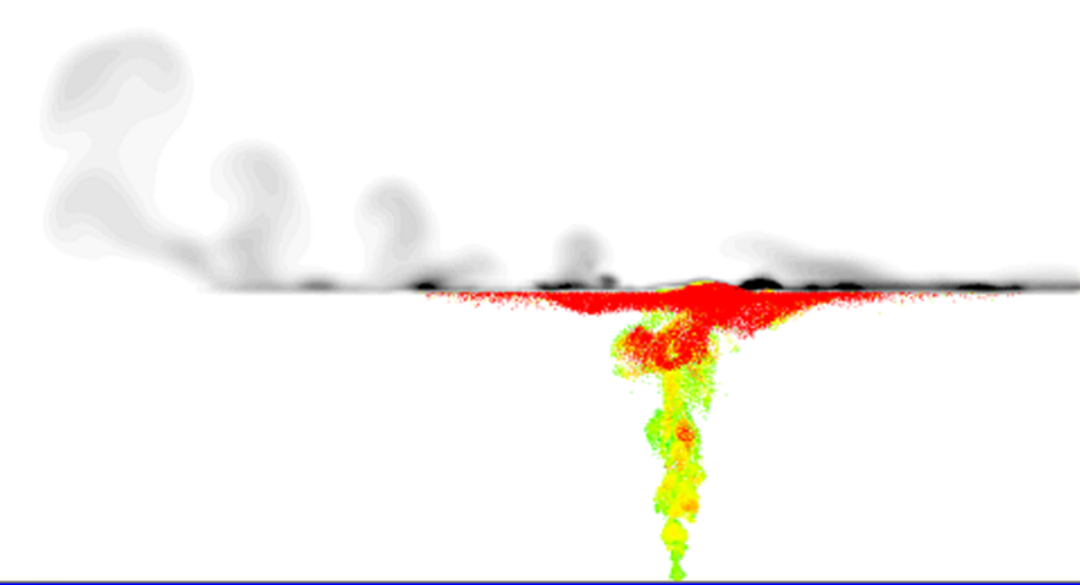Experiments on plume behaviour and gas dissolution have been performed in true ocean conditions. Knowledge from this has helped enhance a CFD model applicable to risk assessments. This development has significantly increased the reliability of the risk assessment. The model itself is only available to the project partners, but studies and assessments based on the model can be supplied to interested parties.

References:
- J.E.Olsen, D.F. Krause, E.J. Davies & Skjetne, P. Observations of rising methane bubbles in Trondheimsfjord and its implications to gas dissolution. Journal of Geophysical Research: Oceans, 124. https://doi.org/10.1029/2018JC013978
- J.E.Olsen & P.Skjetne, On the surfacing mechanism of bubble plumes from subsea gas release, Progress in Applied CFD – CFD2017 Selected papers from 12th International Conference on Computational Fluid Dynamics in the Oil & Gas, Metallurgical and Process Industries. SINTEF akademisk forlag, p.399-403, 2017
- J.E.Olsen, S.T.Johansen & P.Skjetne, VLES turbulence model for an Eulerian-Lagrangian modelling concept for bubble plumes, Applied Mathematical Modelling, 44,p.61-71, 2017
- J.E.Olsen, D.Dunnebier, E.Davies, P.Skjetne & J.Morud, Mass transfer between bubbles and seawater, Chemical Engineering Science, 161, p.308–315, 2017
- J.E.Olsen & P.Skjetne, Modelling of underwater bubble plumes and gas dissolution with an Eulerian-Lagrangian CFD model, Applied Ocean Research, 59, p.193-200, 2016
- J.E.Olsen & P.Skjetne, Current Understanding of Subsea Gas Release - a Review, Canadian Journal of Chemical Engineering, 94, p. 209-219, 2016

